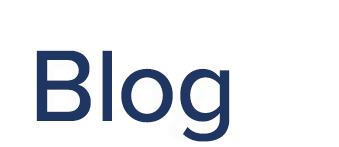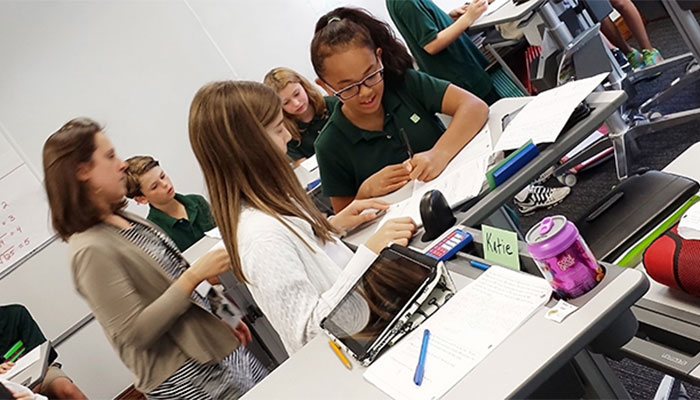No matter how great your need, asking for money is no small undertaking. Whether you’re employed as a full-time grant writer for your school or you’re a teacher writing your first proposal based on an opportunity you’ve identified for your students, requesting a large sum of money can be intimidating and time-consuming.
To increase your confidence in writing a five-star proposal, follow these tips and tricks:
Be passionate, but also direct.
Having conviction and passion is a much-needed element of writing a strong grant proposal, but you can’t hang your hat on passion alone. Making your case in a thorough, but concise way, is an important grant writing ingredient. Be passionate and direct.
Ergotron has great resources for grant writers, but no funder wants to see canned copy. Tell your own story of how LearnFit® Mobile Student Desks will create a healthier, more productive space for student learning. There are many reasons for transforming a classroom into an active learning space, so explain how your story ties to broader initiatives and needs.
- The World Health Organization (WHO) Global Action Plan on Physical Activity and Health: The WHO has already declared physical inactivity as the fourth-leading risk factor for global mortality. Now the organization has a global initiative to reduce inactivity by 10% by 2025.
- Movement is linked with learning, better behavior and healthier lifelong habits.: Standing desks are a key part of creating a healthier classroom environment that prioritizes student choice and well-being.
- The classroom is where kids spend much of their time: In addition to the curriculum, they’re learning social norms and behaviors that will last a lifetime. LearnFit desks offer immediate and long-term benefits to students by giving them a better way to learn and engage in the classroom content, while subconsciously developing a better mind-body connection that will last a lifetime.
Be the matchmaker.
Apply a matchmaker mentality to grant writing. The funder is your client and their interests are non-negotiable. Consider how you can be the perfect match for what they are seeking. Each funding opportunity is unique because each funder is unique, so don’t repurpose an existing grant proposal to save time. Take the time to make each application fit the goals and objectives of the opportunity.
Talk about how your school system is a great fit and will support you in achieving the desired outcomes. How are parents and teachers already engaged in making the classroom or school day more active? What initiatives are underway that show proof of concept and compliment your request? Another tactic is to fully leverage every resource at your disposal. Are there any local organizations that will match the funding if the grant is successful?
Funders want to see proof that their money has gone to good use. Take a solutions-oriented approach and clearly outline the impact that receiving the funding will have on students and student learning. When it comes to integrating standing desks, consider measuring test scores, reduction in disciplinary issues, on-task behavior and even attendance. Tie the solutions to the goals of the funder as well as the specific needs of the students.
Follow instructions to the “T”
When submitting grant proposals, there’s a lot of competition. Don’t let your proposal go unread because you missed the deadline by a day. Don’t let your proposal be dismissed because you included six references instead of the requested three. Don’t make mistakes! Have others (especially those in other industries) proof your work. If math isn’t your strong suit, ask a math teacher to look over your numbers.
Remember that you’re not competing against every single person that submits a proposal—you’re only competing against the people that follow all the directions.
Have additional grant writing tips to share? Leave a comment below and then check out our grant writing resources designed to help bring movement to your school.



